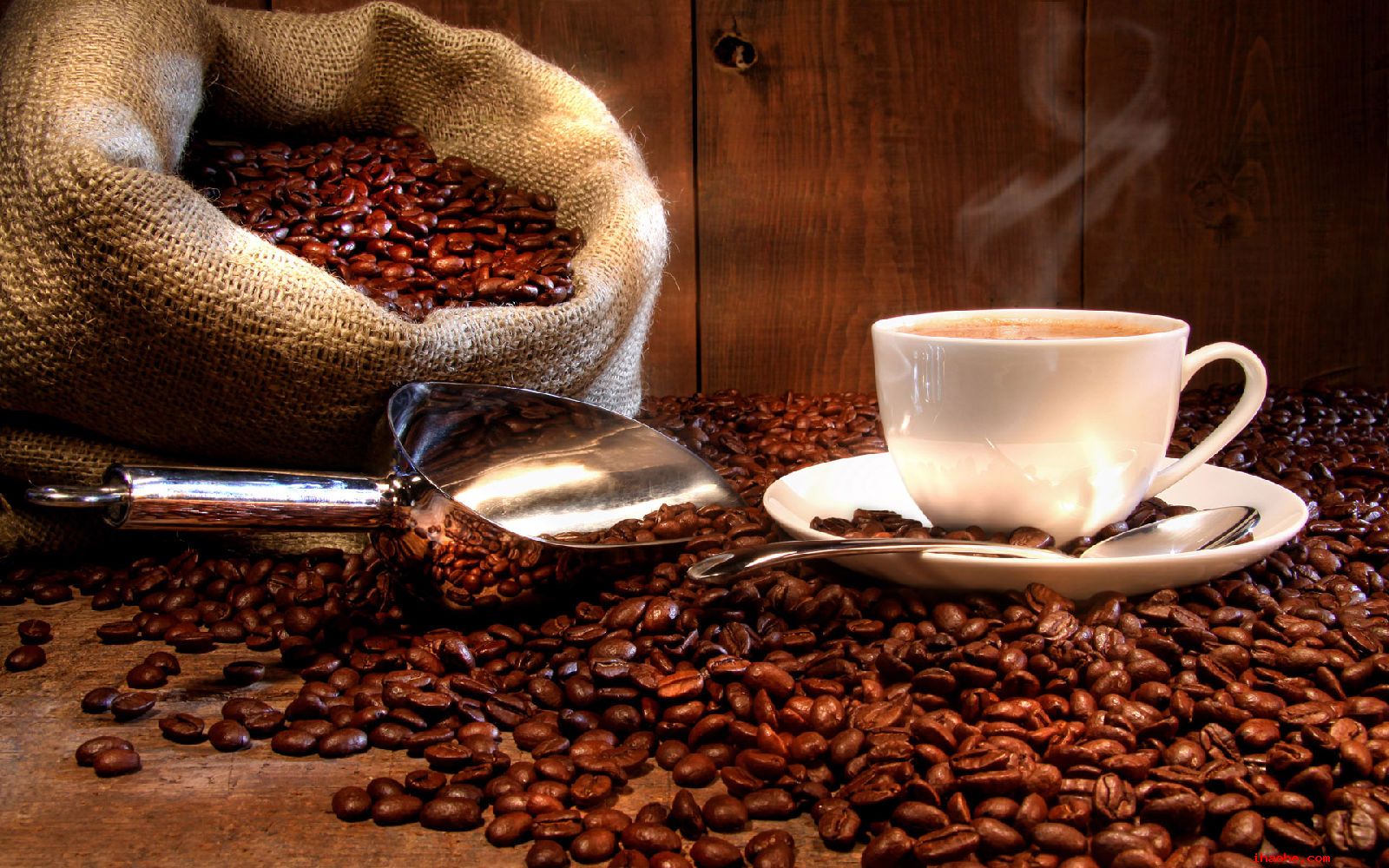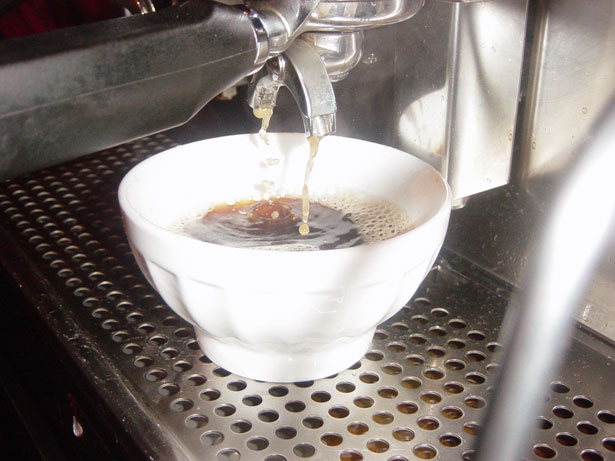The chemical structure of coffee and its changes show the characteristics and processing of coffee.
Coffee has long been recognized by the public, and chemistry is also a compulsory course in education in our country. However, we must not know much about the chemical structure of coffee and its changes. Readers may not be very interested in the content that is too theoretical. Now we will use more artistic pictures and language to show you the characteristics and processing of coffee.

Coffee can spread all over the world within a hundred years and become a worldwide beverage, which has its own attractive characteristics. Since the rise of the Italian Renaissance in the middle of the 14th century, there have been many ideas about the inheritance and improvement of food culture in Europe. The exchange of materials between countries has also led to a strong interest in new biomass. It can be asserted that among all the drinks, coffee can be said to be the most artistic, skillful, changeable and controversial food, and the main key to the formation of these characteristics lies in the chemical composition and chemical changes generated during processing. Therefore, the chemical composition of coffee and the chemical changes generated during processing are the most important basic knowledge for the study and understanding of coffee.
The main reason why coffee is popular all over the world in a short period of time is the unique aroma characteristics of coffee. These aromas are generated entirely from the ingredients contained in the coffee itself and are produced through the process of roasting and blending without adding any additives. What is more rare is that the aroma of coffee is so popular that even people who do not like coffee will not resist the aroma of coffee.

Because all kinds of coffee beans have different components and possible different processing processes, they have different aroma characteristics and tastes, such as Blue Mountain, Mantlin, Brazil and Colombia. Although the methods of roasting and extraction are different, the different characteristics still lie in the different components of the coffee.
Important Notice :
前街咖啡 FrontStreet Coffee has moved to new addredd:
FrontStreet Coffee Address: 315,Donghua East Road,GuangZhou
Tel:020 38364473
- Prev

What are the advantages and taboos of drinking coffee in the morning?
I think drinking coffee in the morning has become the current habit of many new people. What are the benefits and taboos of drinking coffee in the morning? It has been scientifically proved that coffee promotes digestion and relieves constipation. If you drink a cup of coffee after breakfast every morning, it can relieve constipation. Drinking a cup of coffee for breakfast can not only refresh your mind, but also face the day's work in a more positive state.
- Next

How to taste coffee correctly? how to taste a cup of coffee correctly?
Drinking coffee represents fashion and trend. At present, young and middle-aged people in China are the main consumers of coffee, and their understanding of coffee often pursues the aroma, appearance, taste and environment of coffee. But how to taste a cup of coffee correctly? The following will be further interpreted for you one by one. A cup of mellow coffee gives you endless aftertaste, except Gan.
Related
- Detailed explanation of Jadeite planting Land in Panamanian Jadeite Manor introduction to the grading system of Jadeite competitive bidding, Red bid, Green bid and Rose Summer
- Story of Coffee planting in Brenka region of Costa Rica Stonehenge Manor anaerobic heavy honey treatment of flavor mouth
- What's on the barrel of Blue Mountain Coffee beans?
- Can American coffee also pull flowers? How to use hot American style to pull out a good-looking pattern?
- Can you make a cold extract with coffee beans? What is the right proportion for cold-extracted coffee formula?
- Indonesian PWN Gold Mandrine Coffee Origin Features Flavor How to Chong? Mandolin coffee is American.
- A brief introduction to the flavor characteristics of Brazilian yellow bourbon coffee beans
- What is the effect of different water quality on the flavor of cold-extracted coffee? What kind of water is best for brewing coffee?
- Why do you think of Rose Summer whenever you mention Panamanian coffee?
- Introduction to the characteristics of authentic blue mountain coffee bean producing areas? What is the CIB Coffee Authority in Jamaica?

